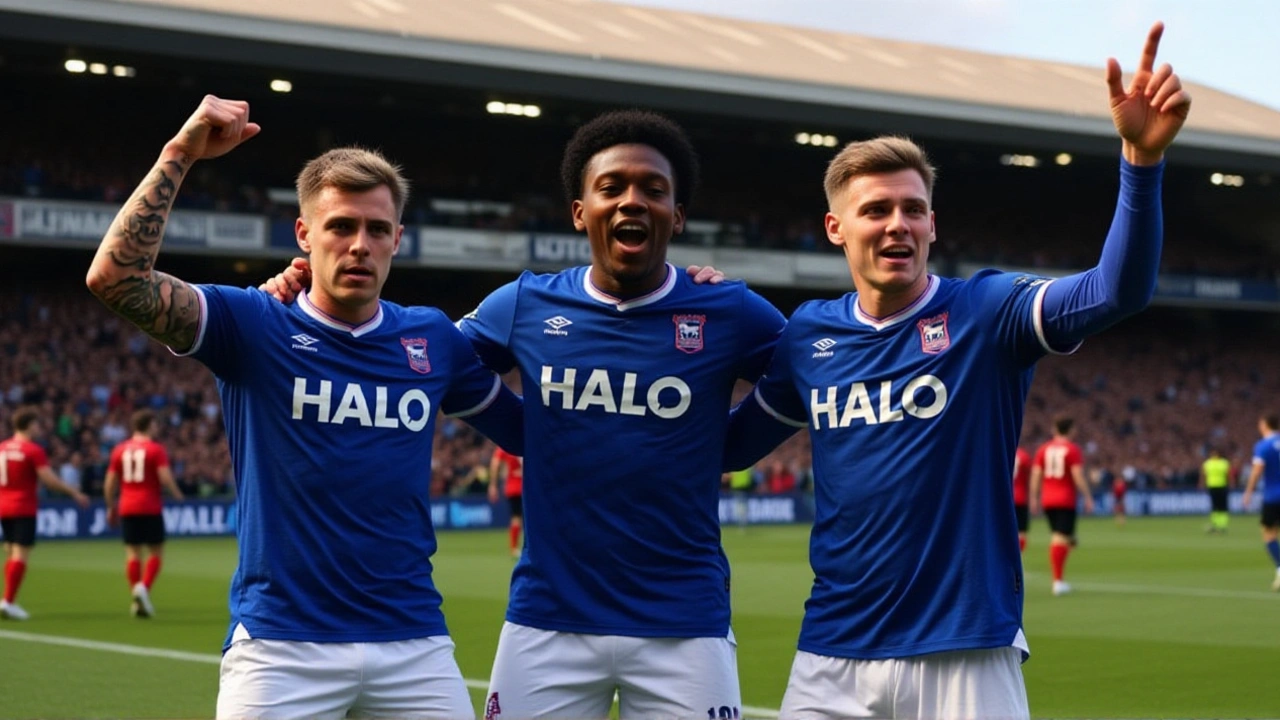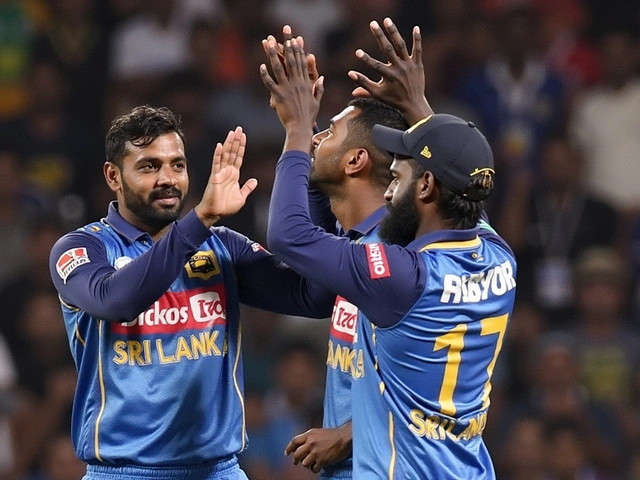East Anglian Derby: History, Rivalry and What’s Happening Now
When you hear about the East Anglian derby a fierce football rivalry between two historic East Anglian clubs, you instantly think of packed stadiums, bragging rights and generations of heated banter. Also known as the Norwich‑Ipswich clash, this derby is more than just a match – it’s a cultural event that shapes local identity. Norwich City the Canaries, based in Norwich, have a proud history in English football and Ipswich Town the Tractor Boys from Suffolk, known for their resilient style bring contrasting philosophies that fuel the rivalry.
The East Anglian derby encompasses a deep‑seated sense of regional pride (Subject‑Predicate‑Object). It requires passionate fanbases, tactical flexibility, and often a dash of drama (another triple). The outcome of each encounter influences league standings, ticket sales, and even local economies (third triple). Over the decades, the contest has seen legendary moments: the 1992 promotion‑clinch win for Norwich, Ipswich’s dramatic comeback in the 2000‑01 FA Cup, and the recent 2024 Championship thriller that went to extra time. These snapshots illustrate how the derby shapes club narratives and player legacies.
Key Elements That Make the Derby Tick
First, the clubs themselves. Norwich City, founded in 1902, boasts a bright yellow kit and a reputation for attacking football. Their home ground, Carrow Road, often turns into a fortress when the Canaries need a win. Ipswich Town, established in 1878, plays at Portman Road and is famed for its disciplined defense and community‑driven approach. Both clubs have produced international talent – from Paul Gascoigne at Norwich to Kieron Dyer at Ipswich – proving the rivalry also serves as a talent incubator.
Second, the fan culture. Supporters chant historic songs like "On the Ball, City" for Norwich and “Blue Blood” for Ipswich, creating an electric atmosphere that can swing a match. The derby requires a blend of local pride and national attention, drawing TV audiences across the UK. Social media amplifies the hype, with hashtags trending minutes before kickoff, and fan forums dissecting line‑ups, injuries, and tactical tricks.
Third, the tactical battle. Managers often tweak formations specifically for the derby. A 4‑3‑3 might be used by Norwich to exploit wing play, while Ipswich may revert to a 3‑5‑2 to crowd the midfield. These strategic choices influence the flow of the game and can become case studies for coaching courses. The result? Every encounter offers fresh insights for analysts, pundits, and casual fans alike.
Finally, the broader football ecosystem. The East Anglian derby sits within the English football pyramid, shifting between the Premier League, Championship, and occasional cup competitions. When the clubs meet in the FA Cup, the stakes rise further, and upsets become part of folklore. The derby also impacts scouting, as young prospects get a platform to showcase nerves of steel under pressure.
What you’ll find in the collection below reflects this multifaceted reality. From transfer rumours involving Norwich’s striking talent to Ipswich’s youth development breakthroughs, from match‑day analyses to fan‑generated content, the articles cover every angle of the rivalry. Whether you’re a die‑hard supporter, a neutral observer, or a coach looking for tactical takeaways, the posts offer a blend of history, current events and forward‑looking commentary.
Ready to dive deeper? The following reads will walk you through the latest loan moves, courtroom drama around club finances, and on‑field action that keeps the East Anglian derby alive season after season. Let’s explore the stories shaping this iconic rivalry.

Ipswich Town End 16‑Year Derby Drought with 3‑1 Win Over Norwich
Ipswich Town broke a 16‑year derby drought with a 3‑1 win over Norwich City at Portman Road on Oct 5, 2025, ending Norwich's 14‑game unbeaten run and shifting promotion hopes.
Categories
- Sports (145)
- Politics (22)
- Entertainment (20)
- World (15)
- News (10)
- Lifestyle (8)
- Business (6)
- Technology (3)
- Health (3)
- Environment (2)



